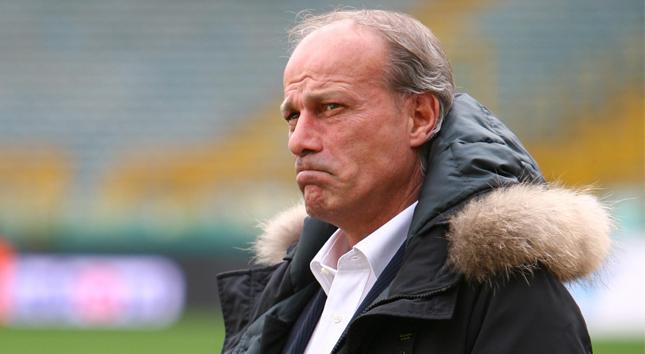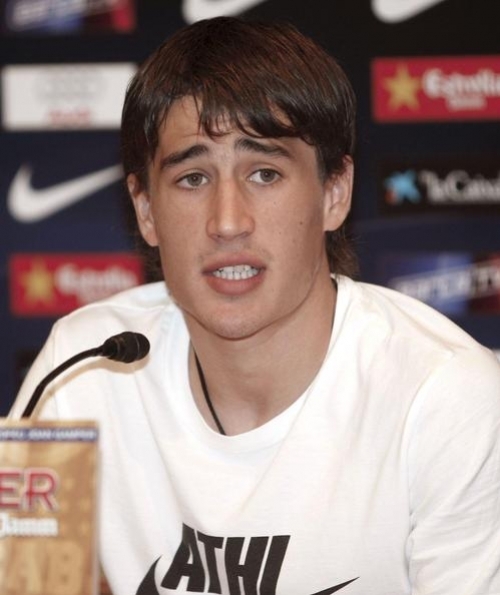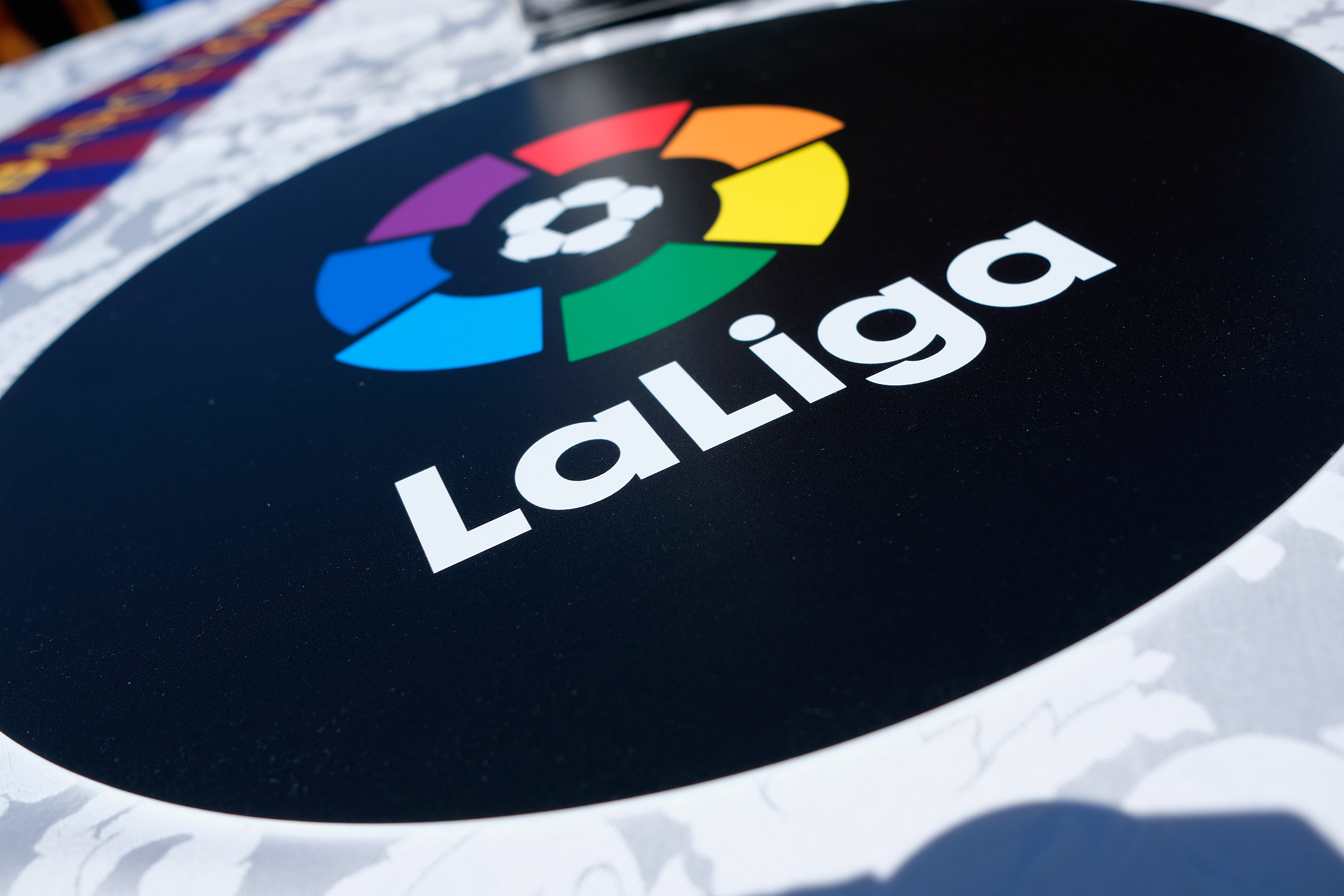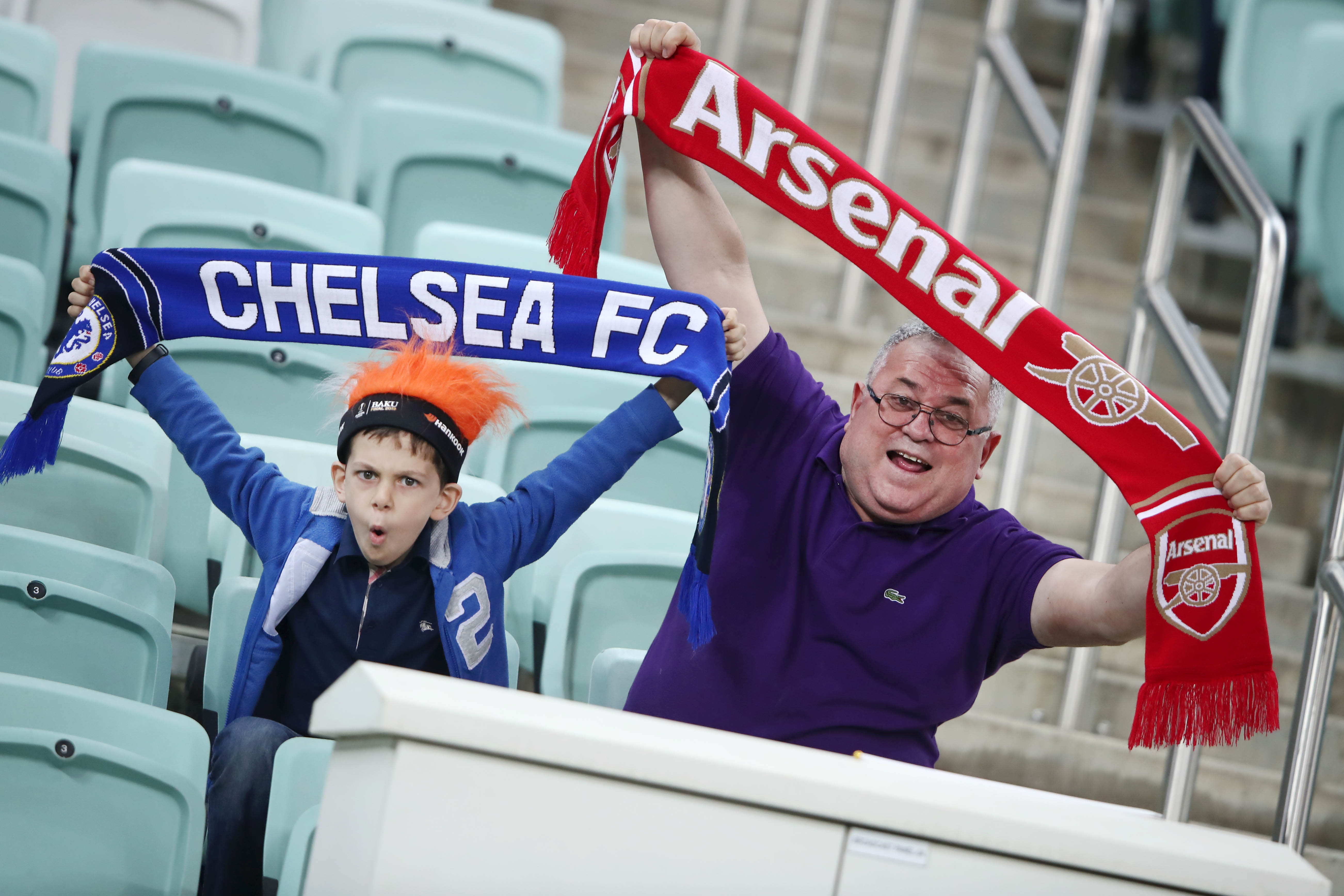“A new era is just about to begin; an era which will change the way football is played with new management, an ambition and a dream which the fans will share in”
The above words are of Thomas de Banetto – the majority shareholder in AS Roma in his first press conference after he became the first foreign owner in Serie A. He also laid out his grand plan for the club, which included new signings in the transfer window and a new stadium, all with the aim of turning Roma into “one of the best clubs in the world”. Instead of the audacious approach adopted by the Qatari owners at Manchester City and PSG, de Banetto has decided to take a more innovative and measured approach; restructuring the club at every level and ‘Americanize’ it so it is economically viable.
Walter Sabatini – Eye for talent
The earliest step in the restructuring of the club was to appoint Walter Sabatini as the Sporting Director. A Roma player in the 70’s, Sabatini has been in the business of unraveling hidden geniuses since 1986, when he joined Perugia’s youth system as a coach. His first major role came in 1992 as the Head of Lazio’s youth system. Disqualification in the late 90’s for the illegal transfer of a young Ivorian player was a blemish on a career that otherwise has seen him head the transfer dealings at Triestina, Arezzo, Perugia, Lazio, Palermo and now Roma in his capacity as the Director of Football.
“The real purchase I made last year was Walter Sabatini” remarked Zamperini, the Palermo President, acknowledging the role he played in discovering Pastore, Illicic and Abel Hernandez among others for the club. In his two stints at Lazio, Sabatini developed stars like Alessandro Nesta, Marco Di Vaio, Aleksandar Kolarov, Goran Pandev and Muslera.
Luis Enrique – Catalan philosophy
While the appointment of Sabatini was seen as a sort of home-coming for an ex-Roma player, Enrique’s appointment is more about borrowing some Catalan flair; a decision which has been met with skepticism and anticipation in equal amounts by the fans. Despite having no experience as a first team manager, Enrique did lead the Barcelona B side to a 3rd place finish in Spain’s 2nd division.
“We wanted to understand if there could be a union of the Barcelona style of football and Italian. We aim to build a new way of viewing football at Roma”, Sabatini said explaining his decision. He went on to add that the appointment was ‘symbolic’ and ‘represented an idea they would like to follow’.
Changes have already been made to help the new manager create a Barcelona-esque structure at the club. Roma’s youth side, the Primavera, has been brought directly under the control of Enrique. As a result, they will train along with the first team and will follow the same system which will make the transition of youth players to the first team smoother.
There is little doubt about the style of play that can be expected under Enrique. “I like to attack, I like quality football and above all I like to impress the fans. Roma picked me for these reasons”, he said in his very first press conference. Roma are likely to line up in a 4-3-3 formation with quick passing and high pressing a feature of the system.
Influx of youth
Along with the personnel there has also been a conspicuous change in the club’s transfer policy. Instead of paying over the odds for superstars the club has decided to invest in young, unproven talents, an art at which Sabatini has already proven his expertise. The signing of Erik Lamela was the perfect example. Instead of spending 35-40 million euros on Javier Pastore, Sabatini brought Lamela, the playmaker from River Plate to the club at mere 12 million euros.
The most talked about signing however has been of Bojan Krkic from Barcelona. Touted to be as good as Messi when he burst onto the scene 3 years ago, Bojan has seen his development hindered due to the signing of Villa and emergence of Pedro. However, the deal for the player has been as much a talking point as the player himself. Essentially a loan deal in which Roma pay 12 million euros, there are several clauses which make the deal much more than just that. Barcelona have to pay 13 million euros after 2 years and buy the player back, although if Roma want to keep him they will be required to pay 27 million euros.
Jose Angel’s move to the Eternal City not only does justice to his name but also his potential. The left-back has displayed great speed and energy, marauding up and down the left flank for Sporting Gijon for the past two seasons. Technically sound, as one would expect from a Spanish player, he is always keen on joining in the attack and his determination has often been praised. He will be joined on the opposite flank by Loic Nego, another talented Spanish youngster whose presence will provide Roma some much needed speed and agility.
Astute signings
Apart from the influx of young Spanish players, there have been some smart moves by Sabatini. Maarten Stekelenburg from Ajax is a significant improvement over his predecessors in goal and at 6 million euros might prove to be a bargain. Gianluca Curci has returned from loan and will be the back-up keeper. Gabriel Heinze will provide some much needed experience at the back.
Sabatini has also let go of the unwanted, overpaid or the inconsistent players. Heading the list is Mirco Vucinic, who could destroy defenses on his day but was invisible on other days. Jeremy Menez’s departure was to be expected after his bust-up with Vincenzo Montella towards the end of last season. Error-prone goalkeepers Doni and Julio Sergio have been allowed to leave while John Arne Riise’s poor performances have resulted in his departure too.
Contract issues
But the challenges for Sabatini are not limited to the transfer market alone. There have been clear indications of the brewing tension between club idol Francesco Totti and general manager Franco Baldini with both exchanging words in the media. There is also the matter of Daniele De Rossi’s contract extension, with Manchester City ready to pounce when if it runs out next year. Discussions for contract renewals of other players like Cicinho are under way.
But Enrique seems to be the eternal optimist, “Baldini and Totti? I can only say that both of them have Roma’s interests at heart. And that is enough for me.” He has repeatedly played down the comparisons between him and Guardiola and insisted that he will adopt a system that suits the players instead of blindly copying Barcelona. On the pressure of leading the club into a new era, he was again positive, “There won’t be 11 of us on the pitch, there’ll be 80,000. This pressure is a blessing.”
Descried by Sabatini as ‘courageous’ and ‘motivated’, Enrique has shown signs that he is the right man to lead Roma. However, the real test will certainly be on the pitch when it is time to prove how well the players have adapted to his methods. Whether it is the management, the structure, the players or the system; there has been a significant change in all aspects of the club in the short span of a 4 months and despite the air of optimism it will be unfair to expect immediate results.
After all, in the words of the owner himself “Roma wasn’t built in a day”.







